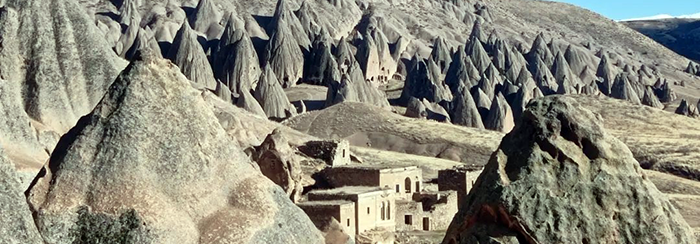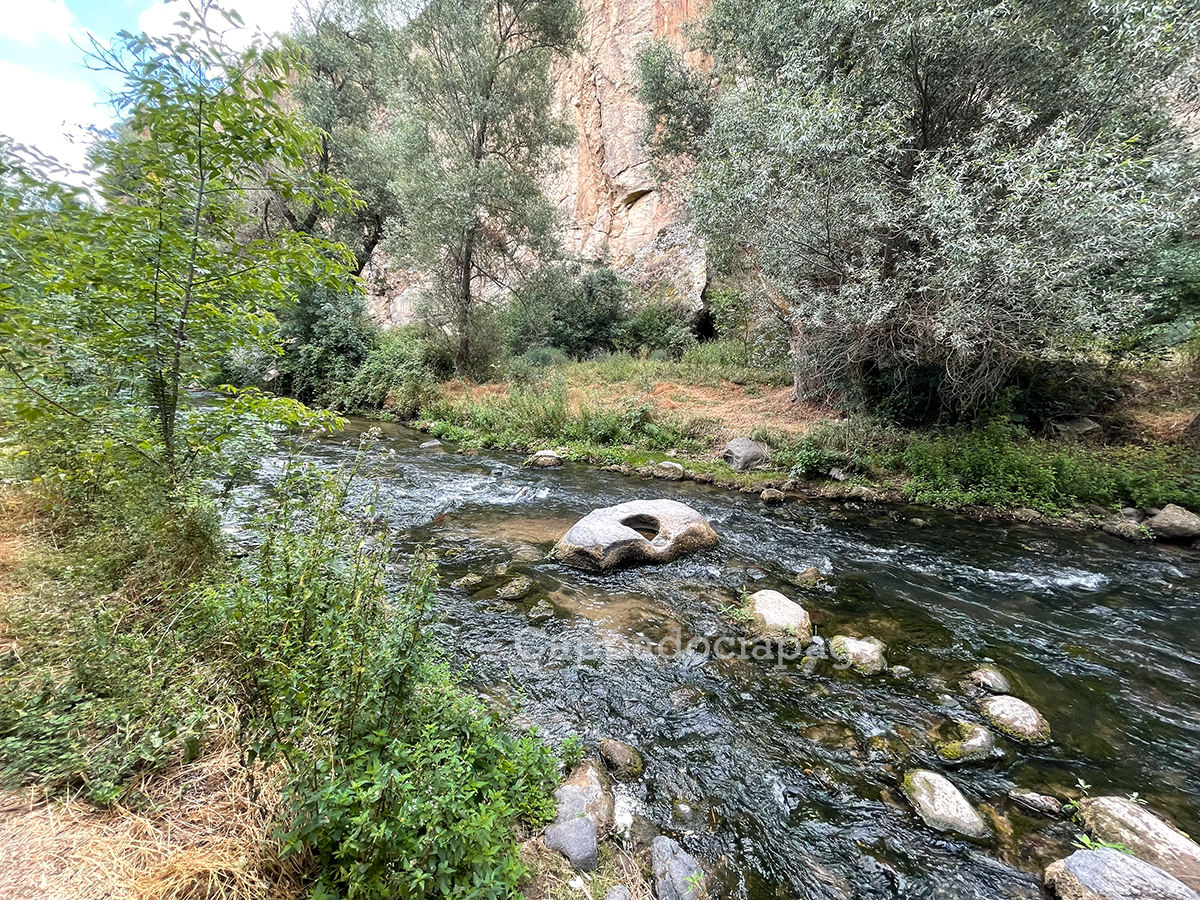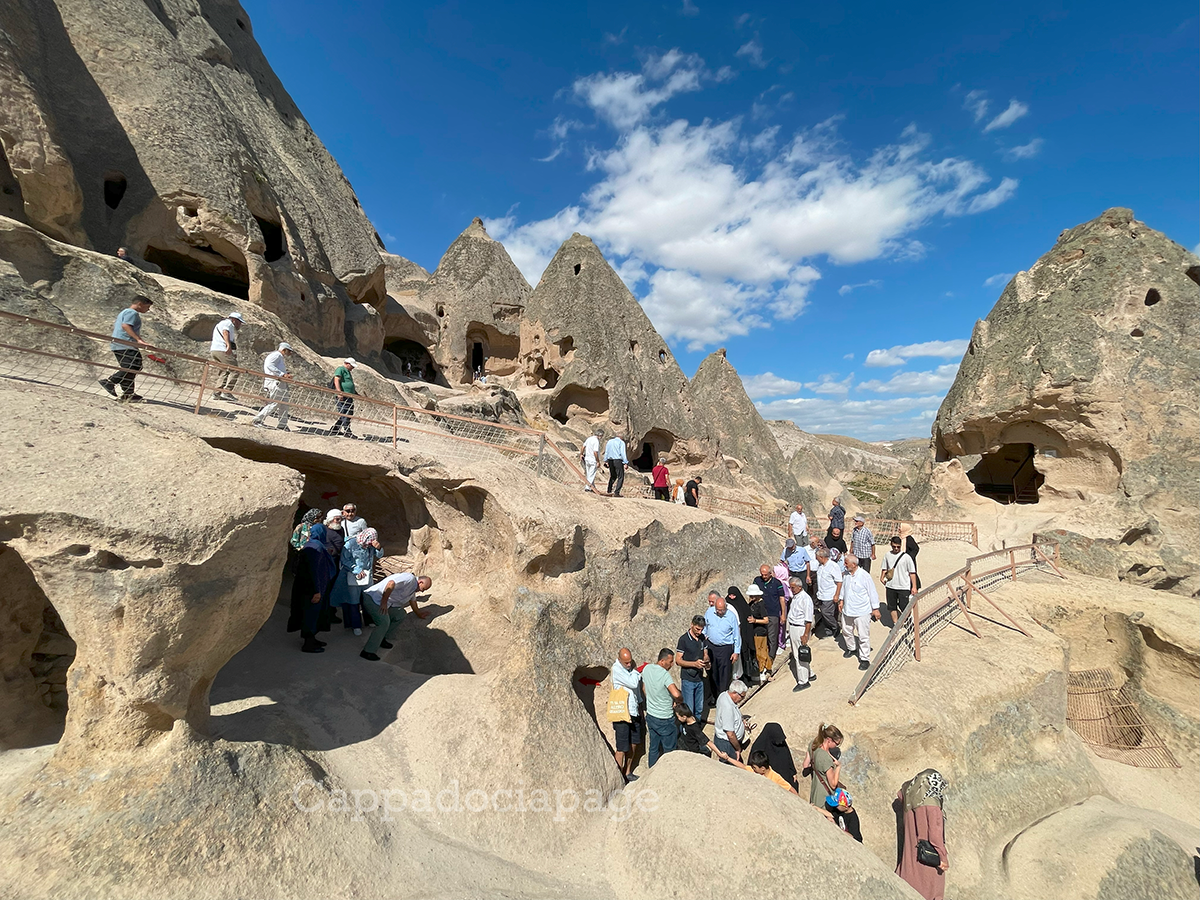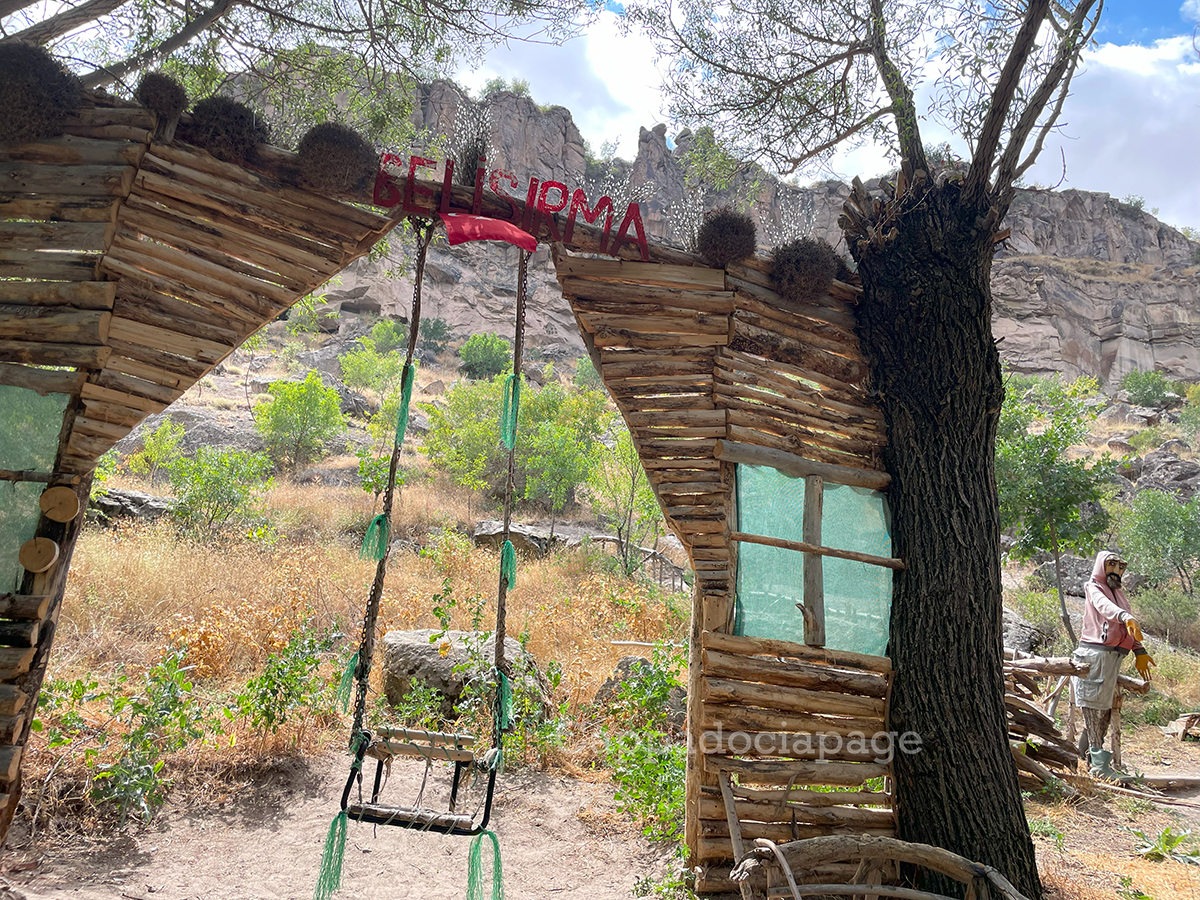
Salt Lake, world’s one of the saltiest lakes, captivates first-time visitors with its mesmerizing scenery. The salt concentration in the lake is above 32%, making it the second-largest lake in Turkey after Lake Van. Salt Lake is said to meet approximately 40% of Turkey’s salt needs, earning its reputation as one of the saltiest lakes globally. Its stunning whiteness never fails to astonish those who come to see it. Situated within the borders of Turkey, it is one of the rare regions that is a must-see.
With a length of 90 km and a width of 25 km, this lake continues to enchant visitors with its magnificent natural beauty. However, due to urbanization, there is a loss of water, and it is predicted that this natural beauty may not be witnessed by future generations. Various transportation methods can be used to easily reach this lake in the region. Those organizing trips to these areas must make sure to include this lake in their itinerary. This unique lake, with its extraordinary white color, is truly a rare gem.
Salt Lake, its distinctive appearance, also harbors a legend among its features. The legend of Salt Lake has captured the interest of those who are drawn to its unique look, and it has been passed down through generations. According to this legend, long ago, in the location where Salt Lake is now, there used to be a vineyard owned by a wicked and miserly woman. One day, an old dervish passed by and saw the vineyard. The elderly woman was at that moment winding thread with a spindle in her hut. The dervish was very thirsty and hungry, so he asked the old woman for a bunch of grapes. However, because the woman was stingy, she made up an excuse, saying, “My vineyard has dried up this year and produced no grapes.” Understanding that the woman was lying, the dervish became very angry and said, “May you turn into salt and ice. May those who pass by stone you, and may you never see the light of day again.” At that very moment, the old woman, along with her spindle, turned into stone, and her vineyard transformed into Salt Lake. The tradition of stoning the old woman who turned into stone continued as people passed by.
Salt Lake, which leaves tour organizers in awe due to its rich biodiversity, serves as a vital habitat for various species to sustain their lives. Being one of the few wetland areas in the region, Salt Lake is crucial for the survival of organisms. The high salt content prevents the lake from freezing during winter, making it an ideal sanctuary for migratory birds. The lake functions as a perfect area for birds to rest, feed, and spend the winter. Species inhabiting the area include flamingos, cranes, wild geese, sword-billed birds, swans, storks, and wild ducks. These birds are accustomed to salty environments and live in colonies.
Salt Lake has also become a habitat for ecologically sensitive plant species. It plays a significant role as a habitat for flamingos, an endangered species in Europe, with numerous bird species. The lake’s desolate surroundings and the ease with which birds can feed in puddles are advantageous for the birds. Therefore, this lake is a preferred destination for these creatures. The fact that the lake’s surface does not freeze in winter allows birds to swim comfortably. In the spring months, islands and marshes form within the lake, serving as breeding grounds for species like spoonbills, swallows, mudhens, and tufted ducks. Birds utilize these areas as nesting zones.
Salt Lake hosts plant species that are resistant to salt and drought. It can be considered a gene bank for these plant species. The region is extremely rich in endemic plant species. Considering the rapid climate changes worldwide, it is believed that the genes of these endemic plants will be crucial in coping with potential disasters.
While providing a habitat for these magnificent creatures, Salt Lake also offers the opportunity to walk on its surface. Being a very large lake, it provides unique views from various points. It is possible to capture breathtaking moments and immortalize them through photography on its shores. Due to urbanization and the use of salt, the lake has shrunk by approximately 85% in the surrounding area. Therefore, unless this trend is reversed, the lake is at risk of disappearing. Despite efforts to preserve this natural formation, it is believed that, ultimately, this natural beauty will be lost. Future generations are expected to be deprived of this natural beauty. There is no precise data on how quickly it could vanish, but the risk of extinction is imminent. Various efforts are being made to prevent the disappearance of this natural wonder, which hosts numerous living beings.
Those who want to organize a tour of Salt Lake should explore this vast lake and its surroundings. Şereflikoçhisar is located between Salt Lake and Hirfanlı Dam. This place can extend the lists of individuals. The Alaaddin Mosque, built during the Seljuk Period, is of interest to people in this area. Another must-visit destination is definitely Hirfanlı Dam Lake. A variety of water sports can be enjoyed along the lake shores, making it a popular destination for visitors. As of 2004, it has been declared a tourism region by ministerial decision. Especially in the summer months, it is used as a picnic area. Fishing is also possible in the lake.
There are natural beaches around the lake where people can camp as they wish during the summer months. Popular villages for camping include Toklumen Village, Sıdıklı Village, Büyükoba Village, and others. Camping in these areas is quite common. Exploring the beauties found here is part of the to-do list at Salt Lake.
The question “Where is Salt Lake?” is wondered by those who want to explore and see it. Salt Lake is located in the Central Anatolia Region. Specifically, it is situated in the regions where Ankara intersects with Aksaray and Konya cities. It is within the borders of the Şereflikoçhisar district along the Ankara-Aksaray highway.
Tuz Gölü is an extremely vast lake, and it is possible to reach different parts of it through various routes. Especially during the summer months, Tuz Gölü is heavily visited using different itineraries. Due to its aesthetic appearance, visitors come from all directions. Tuz Gölü, with its magnificent whiteness visible up to the farthest point the eye can see, is currently facing the threat of extinction. It is predicted that this lake, among the most special areas, may not be witnessed by future generations.
For transportation to Tuz Gölü, the Ankara-Aksaray highway is used. It is possible to reach the town of Şereflikoçhisar, where the lake is located, via this road. It is also possible to visit the eastern shores of Tuz Gölü from this town. The distance between Ankara and Şereflikoçhisar is 150 km, and it takes approximately 1 hour and 45 minutes to reach the lake. The distance between Izmir and Şereflikoçhisar is 668 km, and transportation can be achieved in 8 hours via this route. The distance between Istanbul and Şereflikoçhisar is 597 km, and it takes approximately 6 hours and 15 minutes to reach the lake.
Where is Three Salt Lake Map
Tuz Gölü is located within the borders of four cities as its geographical position. While the majority of it lies within the boundaries of the Konya province, it also extends to parts of Ankara, Aksaray, and Kırşehir. We recommend the area immediately after Aksaray, specifically the Şereflihisar district affiliated with Ankara, as the best place to visit and witness the natural beauty of the lake. This region is among the unique natural beauties of the Central Anatolia region and serves as our salt production center.




